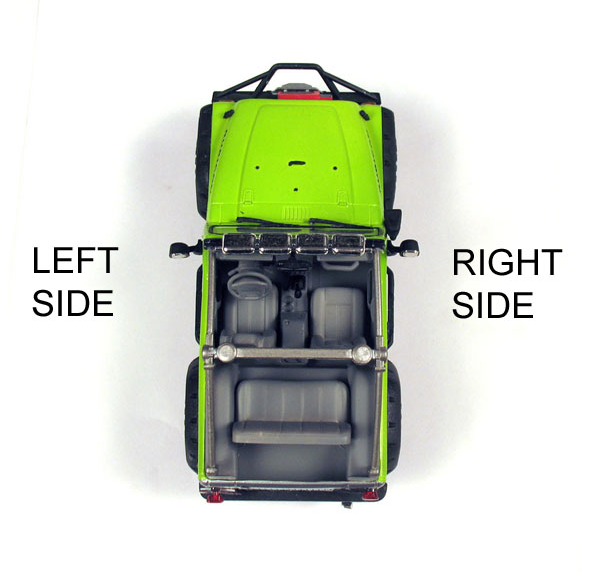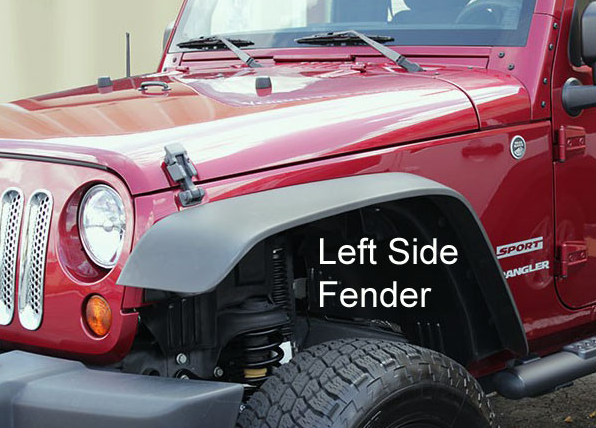

Right Hand, Left Hand, Driver Side, Passenger Side, what’s the Deal?
For as long as there have been cars and trucks, around 100 years, this is a question that will never go away. Right Hand vs. Left Hand, Driver Side vs. Passenger Side. If you’re a gear head or you buy a lot of truck and auto parts, then you probably have this question nailed already. But for newcomers, and the general person who might just be jumping in into the world of fixing their own vehicle and ordering parts, let’s go over this and bring you up to speed to help you get the right part every time.
The basics are the same no matter where you live or drive on the planet. No matter where you’re at, your left hand is your left, and your right hand is always your right. In the USA? Your left hand is your left hand. Living Down Under in Australia? Your Left Hand is still your Left Hand. Doing a tour of duty on the ISS in orbit? Yep, your Left Hand is still your left hand. Now you’re getting it!
Most of the time, everybody has that pretty much figured out. But when it comes to auto parts, and your vehicle, there’s a relationship between the two. That’s because many parts will only fit on the left, or only on the right. Just like your favorite winter gloves, they will only fit one hand or the other. Many parts are the same, one side or the other, but rarely both sides.
To indicate WHERE they fit, they are usually referred to as “left hand side” or “right hand side”. When it comes to auto parts, the sides are determined by the position of the driver in the vehicle, facing forward. Meaning, looking over the hood, and sitting in the driver’s seat, your left hand is the left side, your right hand is the right side.
For instance:

As you can see above, parts described for the left hand side would be on the left, and right hand parts would be on the right.
One this Jeep, the steering wheel is on the LEFT SIDE. But on export (also sometimes referred to as “grey market”) vehicles, such as in countries like Australia, Britain, and many others, the steering wheel is on the RIGHT SIDE.
This will not effect the way you order or describe parts. It works the same: left hand parts fit the left side. right hand parts fit the right hand side.

Now, let’s take a look at another description that’s sometimes used to help place auto parts, and note their location. DRIVER SIDE, and PASSENGER SIDE.
We try not to use that term here, because we ship parts all over the world Internationally, and the steering wheel could be on the right side (commonly referred to as RHD = Right Hand Drive).
If you walked into a local parts store, say in the USA, where 99% of the vehicles are left hand drive (LHD), they will usually ask if you need a part for the driver or passenger side. If they sell you a part for the Driver side, it will be for the left side.
In Australia, the same question at their local parts store would be the opposite, their Driver side would get you part for the Right side.
If we sell a part for an export vehicle, (and we carry many of them), we will note it on our website with the RHD designation.
We know you already understand the difference between front and rear, so that won’t effect much, except that a part, especially on a 4-door vehicle, can be Left Front, Right Front, and of course, Left Rear, and Right Rear.
Overall, it’s a common issue, left or right side, and even mechanics make the mistake sometimes. As long as you know your left from your right, you’ll be ok.

